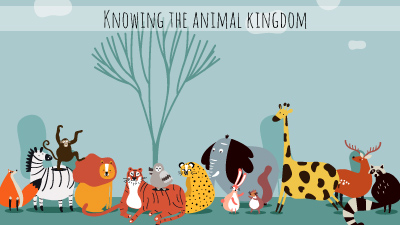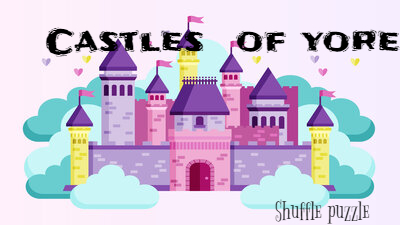Did you ever want to live in a castle after reading all those fairy tales? The closest you can come to achieving this dream is to visit a few. Here’s a list of some.
Castles are fascinating buildings. The history and the legends that go with it are mind-boggling. Here is a list of some castles from around the world that you can still visit. Read about them and then try the shuffle puzzle to see what the castle looks like.
Chambord Castle, Loire Valley, France
The Chateau de Chambord was built for King Francis I in the 16th century. The Chateau de Chambord is famous for its distinctive French Renaissance architecture, borrowing features from classic Medieval castles (such as a moat and walls, albeit ornamental in this case) and blending them with contemporary Renaissance structures.
Dunrobin Castle, Scotland, UK
The building known as Dunrobin Castle today was completed in 1845. But, there are records of a castle in this place since the 15th century – the oldest part of the current building dating back to then – with many indications there was a fortress here since the early Middle Ages. Boasting some 189 rooms, the mansion is the largest castle in the northern Highlands. It was the historic seat of the Clan of Sunderland.
Alcazar of Segovia, Spain
The first fortress built in this area was constructed by the Ancient Romans, of which only a few of the foundations remain. Later, the Moors built a fortress here for the Almoravid dynasty which ruled this part of Spain until the 11th century. This is when the original mentions of an ‘alcazar’ – a Moorish word for a castle – first appear.
Krak des Chevaliers, Syria
In the early 20th century, Lawrence of Arabia remarked that the Krak des Chevaliers was ‘perhaps the best preserved and most wholly admirable castle in the world. The castle was founded by the crusaders who set off to Eastern Mediterranean and Middle-Eastern Muslim countries to rage holy war. In the 11th century, the crusaders conquered a Kurdish fort that stood in this spot and by the 12th century constructions began on the fortress which stands today.
Reichsburg Cochem, Germany
While there are no records of when the castle was first built in Cochem, it’s widely believed to have been constructed around the year 1000. In the 12th century, the Cochem castle became an imperial castle at the time when the Staufer dynasty reigned. However, in the 17th century, the castle was attacked by the French who left it in ruins and was largely abandoned until the 19th century when it was acquired by Berlin businessman Louis Fréderic Jacques Ravené, who restored it in Gothic-Revivalist style.
De Haar Castle, Netherlands
The castle came into the ownership of the De Haar family in the 14th century. Little remains of this original construction except for the name. Following a series of pillages, periods of abandonment and war, the De Haar castle was finally restored in 1892 with funding from the wealthy Rothschild family. Prominent architect Pierre Cuypers was hired for 20 years to design the Neo-Gothic castle with some 200 rooms and 30 bathrooms, fitted with what was at the time very modern furnishings such as electric lights and steam-powered central heating.
Castillo San Felipe del Morro, Puerto Rico
This Puerto Rican fortress was constructed upon orders of the Spanish King Charles V in the 16th century and displays the common features of the Spanish military fortress of the time. The castle came under attack many times, not least by the famous Sir Francis Drake of England, who failed in his endeavour. The castle finally came under American rule in the 19th century during the Spanish-American War, which ended with Spain ceding ownership of the islands of Puerto Rico, Cuba, Guam, and the Philippines to the United States.









